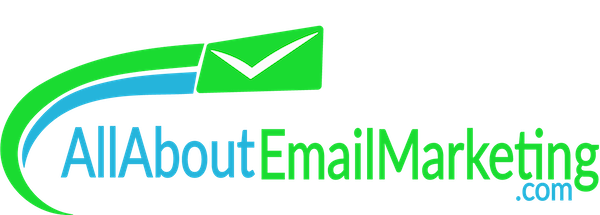Getting Started With Email – 5 Things to Focus On
Email marketing is still (believe it or not!) one of the most effective and powerful digital marketing tools. It can be used to initiate and maintain 1-to-1 communication with your prospects and existing customers. A strategic email program can build your brand’s image, attract customers, and reinforce brand loyalty. However, considering that customers control what they receive (unlike social media platforms) by not letting everyone have their email addresses, getting started might seem difficult and sometimes, a bit overwhelming.
As you get started on this email journey, here are five things you should focus on to ensure a solid foundation for the success of your email marketing program.
1. Build your email list
Start to build your own list. Please, please, please DO NOT buy or “borrow” email leads. Though buying an email list of prospective customers seems like an easy and fast thing to do, it will lead to high spam complaints, bad delivery reputation and lots of unsubscribes. It is important that you actively gather email addresses of not only customers, but also prospects. Slow and steady wins the race.
While you are gathering your leads, you can then start searching for an email marketing platform.
QUICK TIP: Please make sure to differentiate between an existing customer and a prospect. This way, you will be able to create separate strategies to engage them. You can’t talk to a prospect the same you talk to an existing customer!
2. Choose the right email marketing platform
This is probably one of the most confusing, overwhelming steps. Why you ask? Because there are thousands of email marketing platforms out there. You then ask yourself, what’s the best one for my business? Whether you are selling physical or digital products, you should start with a free email marketing platform. There is no sense in investing money while you are building your business.
These are my email marketing platform recommendations for beginners:
Benchmark Email – Free up to 2,000 subscribers
MailJet – Free unlimited subscribers; free up to 6,000 emails sends per month.
SendPulse - Free up to 2,500 subscribers; up to 15,000 emails per month.
SendinBlue - Free unlimited subscribers; free up to 9,000 emails sends per month.
MailerLite - Free up to 1,000 subscribers; Unlimited emails per month.
MailChimp – Free up to 2,000 subscribers; Unlimited emails per month.
(Full Disclosure: I personally use MailChimp because it’s one of the most popular beginner platforms plus it has seamless integration with my website platform, Squarespace. Also, some of the links provided above are affiliate links.)
3. Engaging content
The purpose of sending an email to your customer is to build a trusting, long-lasting relationship with them. This is not a one-time email send and that’s it. However, that does not mean you should bombard your email list with tons of emails, as it will not help build loyalty for your brand. Instead, you should focus on creating engaging, relevant content that is insightful enough to capture the interest of your email list.
4. Monitor behavior
All good email marketing platforms provide information, known as email metrics, such as open rate, CTR (click through rate), bounce rate and unsubscribe rate which can help you assess how successful your email campaigns are.
These metrics of your audience’s behavior can help you improve your email marketing and ensure improved success in your next email campaign.
5. Refine your email strategy
You can further improve your email strategy after you get a good foundation on email marketing and have mastered the art of sending consistent emails.
A great first step is setting up a welcome series. A welcome series is one of the most engaging strategies you can implement. This is your chance to let your list know about you and your business and start building that trust factor and brand loyalty/recognition.
All in all, the purpose of email marketing is to not only create a relationship with your customers but also to attract prospects to your business. By focusing on these five things from the beginning and evaluating ongoing results, you can continue to improve your email program to create a solid, automated and money generating strategy for your business.

